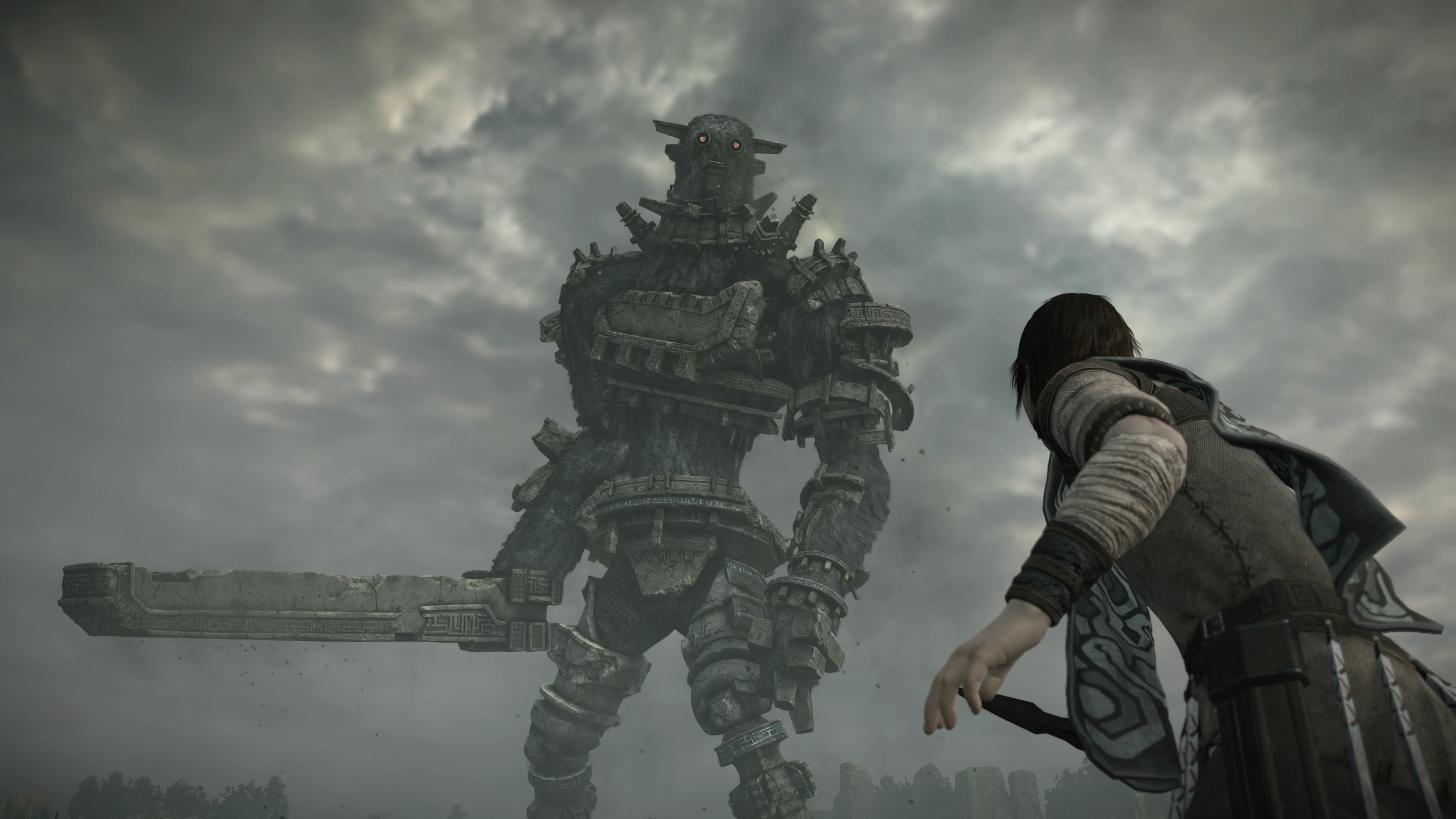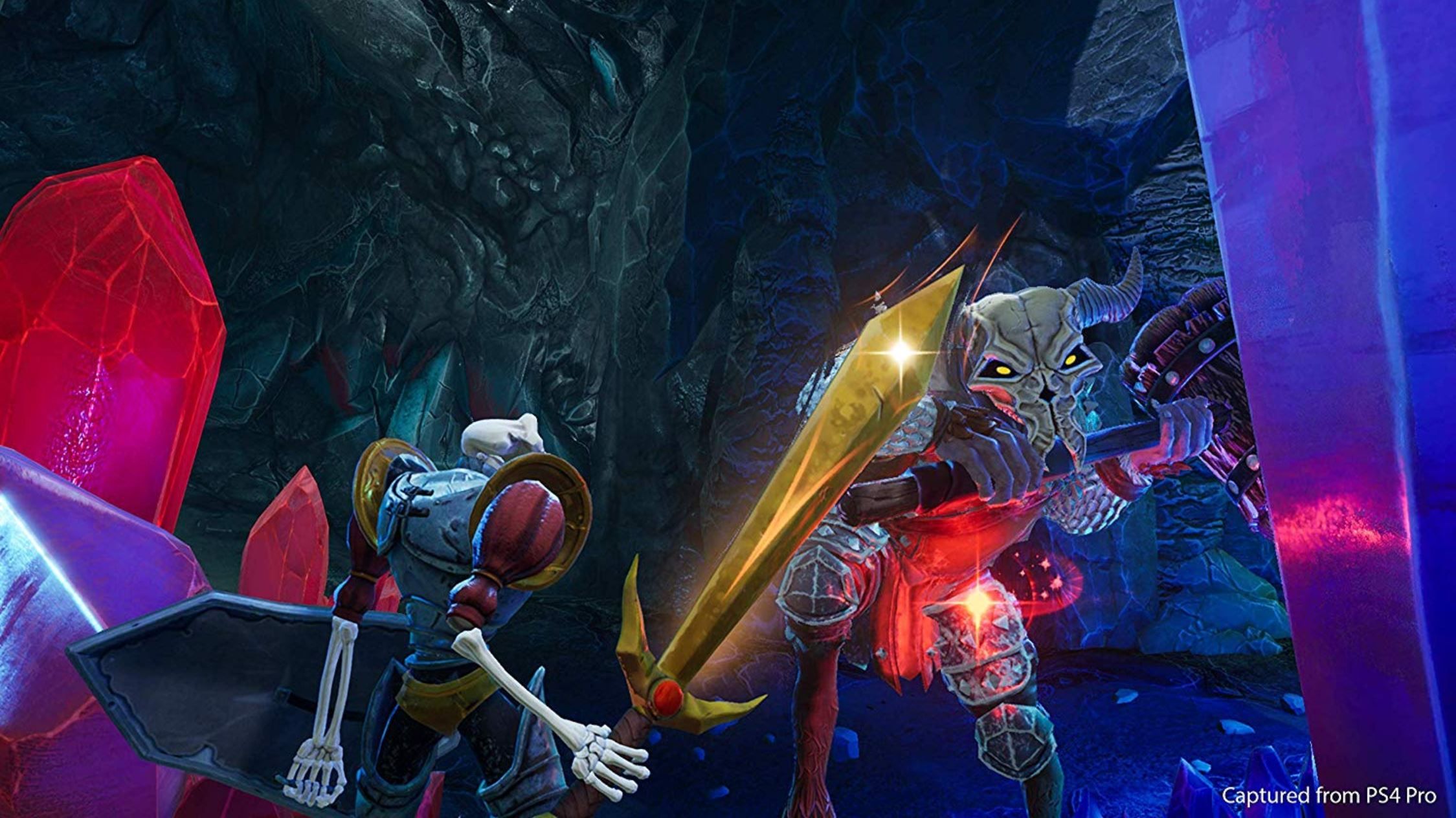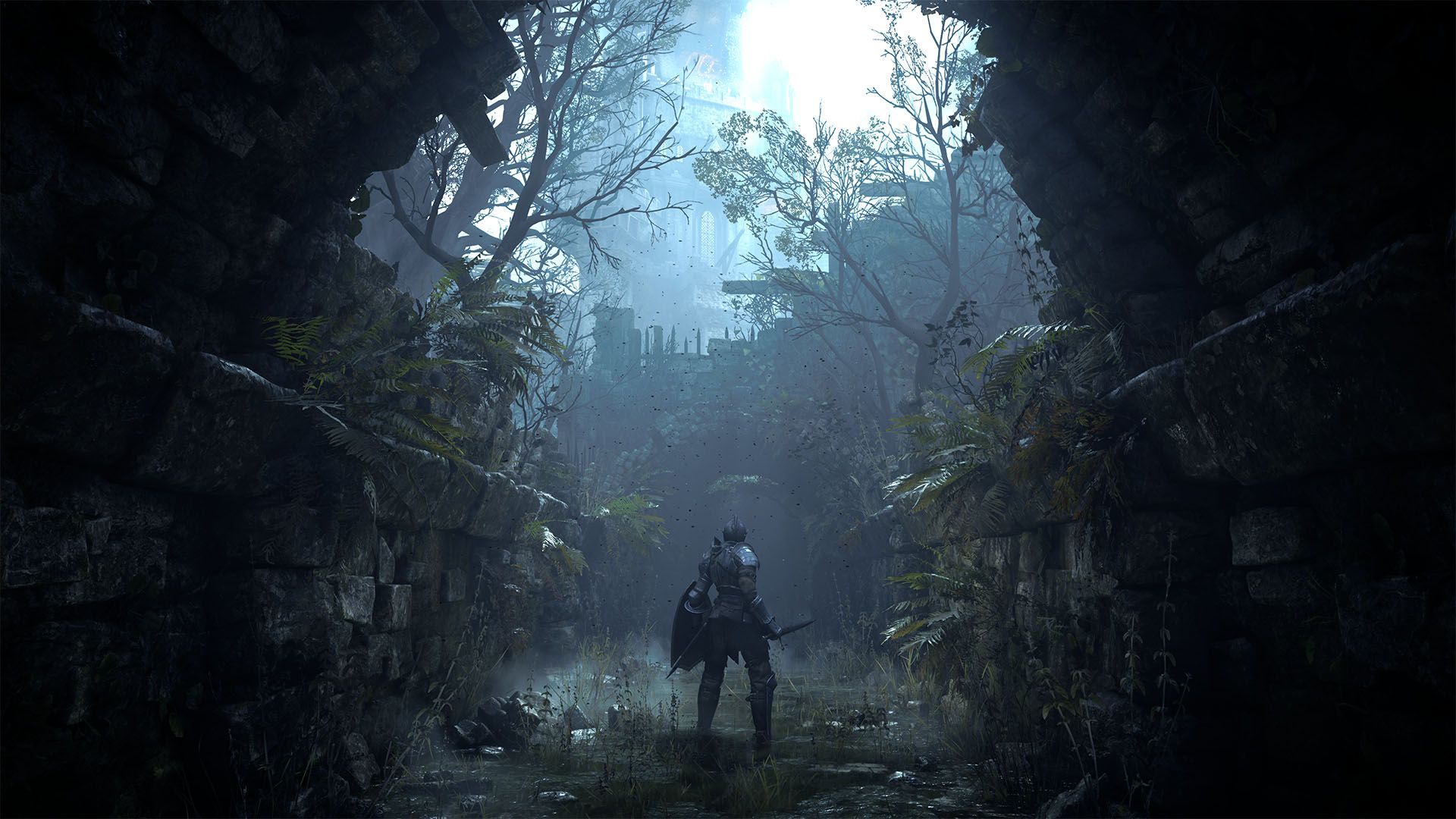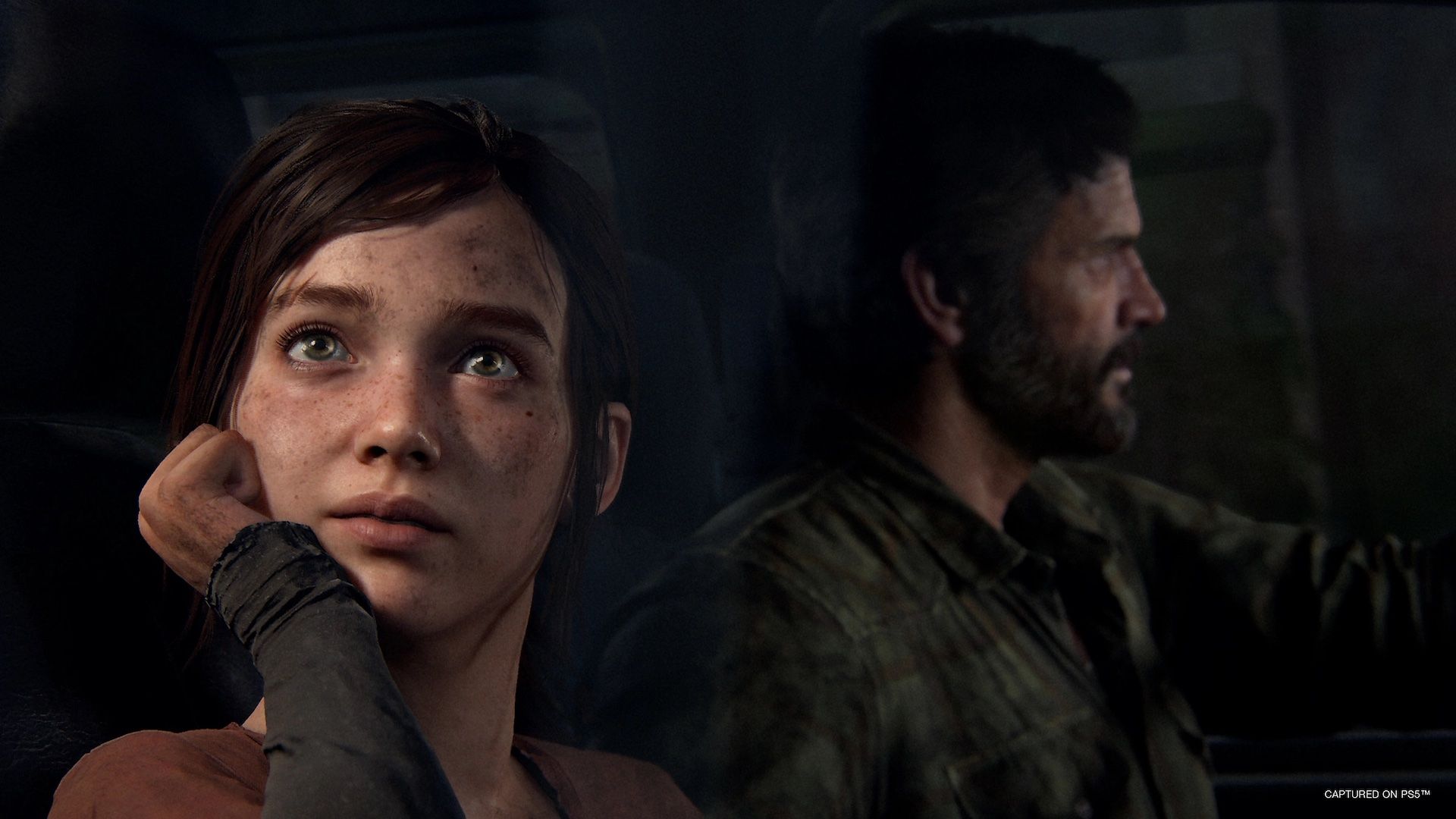The Last of Us Part I launches soon, but you might not know that based on the marketing. Scheduled for September 2 on PS5, the remake of the 2013 PS3 title has received very little in the way of trailers, gameplay previews, or visual comparisons. We do have a very insightful developer diary though, which seemingly confirmed many player’s fears that not much is changing. The Last of Us Part I does indeed look prettier with a lot of changes under the hood to AI and other systems, but will by and large be the same game from a content perspective.
However, The Last of Us Part I isn’t some anomaly from PlayStation. The publisher and console manufacturer has dabbled with remakes in recent years to various results. How does The Last of Us Part I compare to those remakes? Is Naughty Dog doing something different, or is it in line with previous remakes?
Shadow of the Colossus
Shadow of the Colossus originally launched in 2005 on the PS2 by Team Ico. Developer Bluepoint remastered the game for PS3 in 2011, which fixed the original’s performance issues by locking the frame rate to 30fps.
Bluepoint got another chance to tackle the title in 2018 with the Shadow of Colossus remake for PS4. For the remake, the goal was to create the definitive version of the original game. That meant preserving the original’s content, enemies, and strategies. Indeed, all original sixteen Colossi are here with no new additions, nor was there any new story content. The lone new addition was a new control scheme that modernized the game’s character actions.
The Shadow of the Colossus remake left players with a familiar game that played, performed, and looked better than the PS2 original and PS3 remaster. PS4 Pro players got additional bonuses by being able to choose between 1440p/30fps and 1080p/60fps. Despite being a 1:1 remake, the game garnered critical praise.
MediEvil
MediEvil originally launched in 1998 on the original PlayStation. Following a sequel and a reimagining of the original on PSP, the franchise fell into dormancy outside of brief appearances by Daniel Fortesque in other games like PlayStation All-Stars Battle Royale.
Developer Other Ocean Emeryville were given the chance to resurrect the franchise with the 2019 MediEvil remake. Much like Shadow of the Colossus before, MediEvil was a near 1:1 remake of the PlayStation original, but with a visual overhaul. However, the developers did do what they could to modernize the game to 2019 standards. These include being able to toggle between weapons, new camera control options, an in-game encyclopedia, and the Lost Souls objective.
While the facelift was well praised, MediEvil felt outdated in its design and gameplay. This is a case where the game needed more than just a visual overhaul and a handful of refinements.
Demon’s Souls
The most prolific and recent of PlayStation’s remakes, Demon’s Souls originally launched in 2008-9 (depending on your region) on PS3. The remake arrived as a launch title for PS5 boasting graphical levels that truly screamed next-gen. Despite the massive facelift, Demon’s Souls is a near 1:1 remake of the original, something developer Bluepoint was very intentional about. The goal with Demon’s Souls as a remake was to preserve the original experience and only finetune certain elements to fit modern standards. That meant not adding new content like the sixth world that was never finished the first go-around due to time constraints.
Of course, that’s not to say Bluepoint didn’t make any changes. The remake does feature new weapons, armor, rings, and items, a rebalancing of the encumbrance system, a photo mode, a new feature called ‘Fractured World,’ and updates to the character creator. On top of the immense graphical facelift, Bluepoint redid the original score, voice overs, and motion capture.
Demon’s Souls was wildly praised upon release and continues to be one of the best-looking titles on current-gen consoles. Despite being a near 1:1 remake, brand new owners of the PS5 flocked to the $69.99 title.
The Last of Us Part I
If it isn’t clear by now, The Last of Us Part I falls in line with Sony’s previous remakes. A 1:1 remake of the 2013 PS3 title, Naughty describes the title as the definitive version of the first game. It does not contain any new content, though it does come packaged with the Left Behind DLC, which has similarly been remade.
Like the previous remakes, most of Part I’s updates come from an intense graphical overhaul alongside heavy tinkering under the hood. The remake will feature updated AI for friends and foes to bring it in line with what we saw in Part II, additional work to animations to bring performances more in-line with the original mo-cap work, and other refinements to the control scheme, including new DualSense functionality. However, the biggest additions are the new accessibility options, which will help to ensure that more people than ever can enjoy both parts of The Last of Us.
The Last of Us Part I does have one major difference from the other remakes. This is the first remake to actively remove content. Factions, the original’s multiplayer mode, has been cut from Part I. Naughty Dog is currently working on a standalone Factions game, but that can’t shake the fact that this is the first Sony remake launching with less content than its original counterpart.
The Last of Us Part I, as a Sony remake, is pretty par for the course. It looks prettier, will no doubt play better, and have plenty of changes under-the-hood to make the experience better than the original and remastered releases. While it would have been great to see new content or Part II’s gameplay mechanics carried over, that’s clearly never been the focus of these remakes. It remains to be seen how the game fully looks, plays, and whether it can justify its hefty price tag, but we won’t have to wait much longer to answer those questions.
The Last of Us Part I launches September 2 on PS5.





